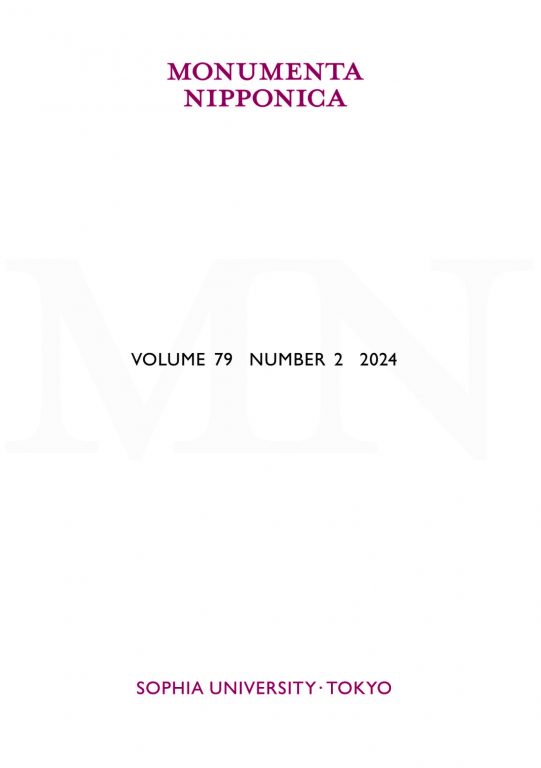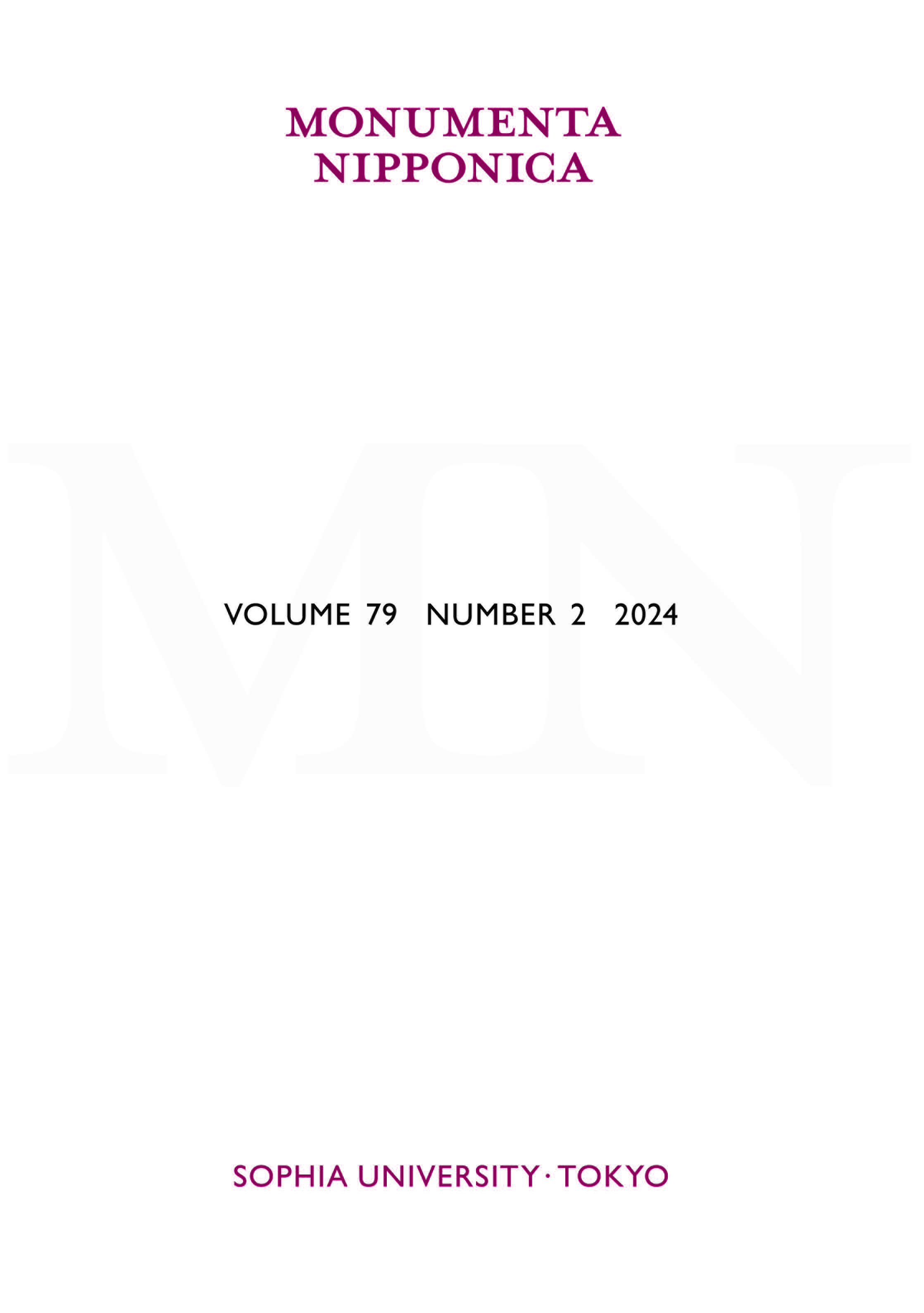Overseas Shinto Shrines: Religion, Secularity and the Japanese Empire by Karli ShimizuSuga Kōji
MN 79:2 (2024) pp. 288–93
Perhaps every academic, even those working in narrow fields of study, strives to reach a level of accomplishment sufficient to earn the title “world’s foremost researcher” in that particular field. A confession: I used to joke that “at this moment, I am the most knowledgeable person in the entire universe about the historical affairs of overseas Shinto shrines!” My PhD dissertation on the kami enshrined in the former Shinto shrines in Japan-ruled Korea and Taiwan was submitted in 2003 and published in 2004.1 Two decades ago that remark might have been laughed off and forgiven, but reading Karli Shimizu’s book Overseas Shinto Shrines forces me to realize that the days when I could count on such indulgence are over. According to the description on the publisher’s website, “this detailed study examines overseas Shinto shrines and their complex role in the colonization and modernization of newly Japanese lands and subjects.”

